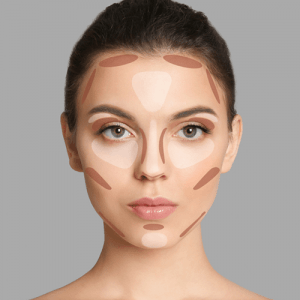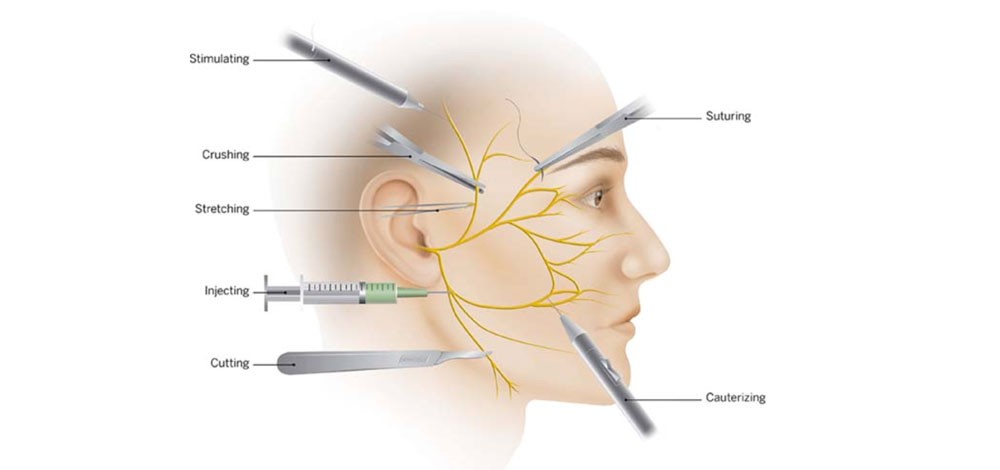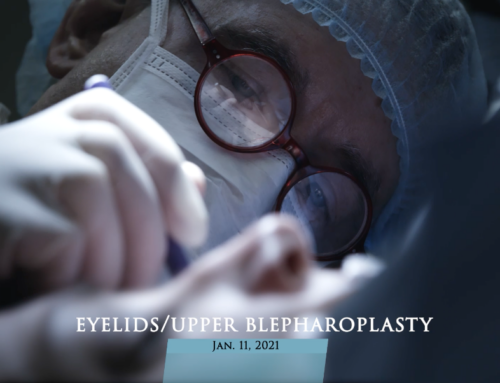Any operation does at least a little damage to the peripheral sensory nerves. Facelifts are no exception. However, permanent damage to motor nerves should not happen. Return of sensation to the face is almost always complete although it may take months.
There are two types of nerves to consider: motor nerves and sensory nerves. The Facial Nerve (7th cranial nerve) is the predominant motor nerve to the face. That is, it supplies nerve input to the muscles that govern facial function. Permanent damage to any branch of this nerve should really never happen as a consequence of a facelift.
Most of the sensation to the face is provided by the Trigeminal Nerve (5th cranial nerve). One of the annoyances of a facelift is temporary numbness of the cheeks. This is due to damage to the very peripheral branches of this nerve in the skin. The major branches (of which there are 3) should never be injured. Eventually, almost all sensibility will return to the face although it may take months and can be annoying.
The Greater Auricular Nerve is a third consideration as it rests in a shallow location below the ear. Numbness of the ear is the result of temporary insult to nerve during the facelift. This will return as swelling subsides. This nerve should not be permanently damaged by a facelift. The careful surgeon identifies and avoids this nerve during a facelift.

















